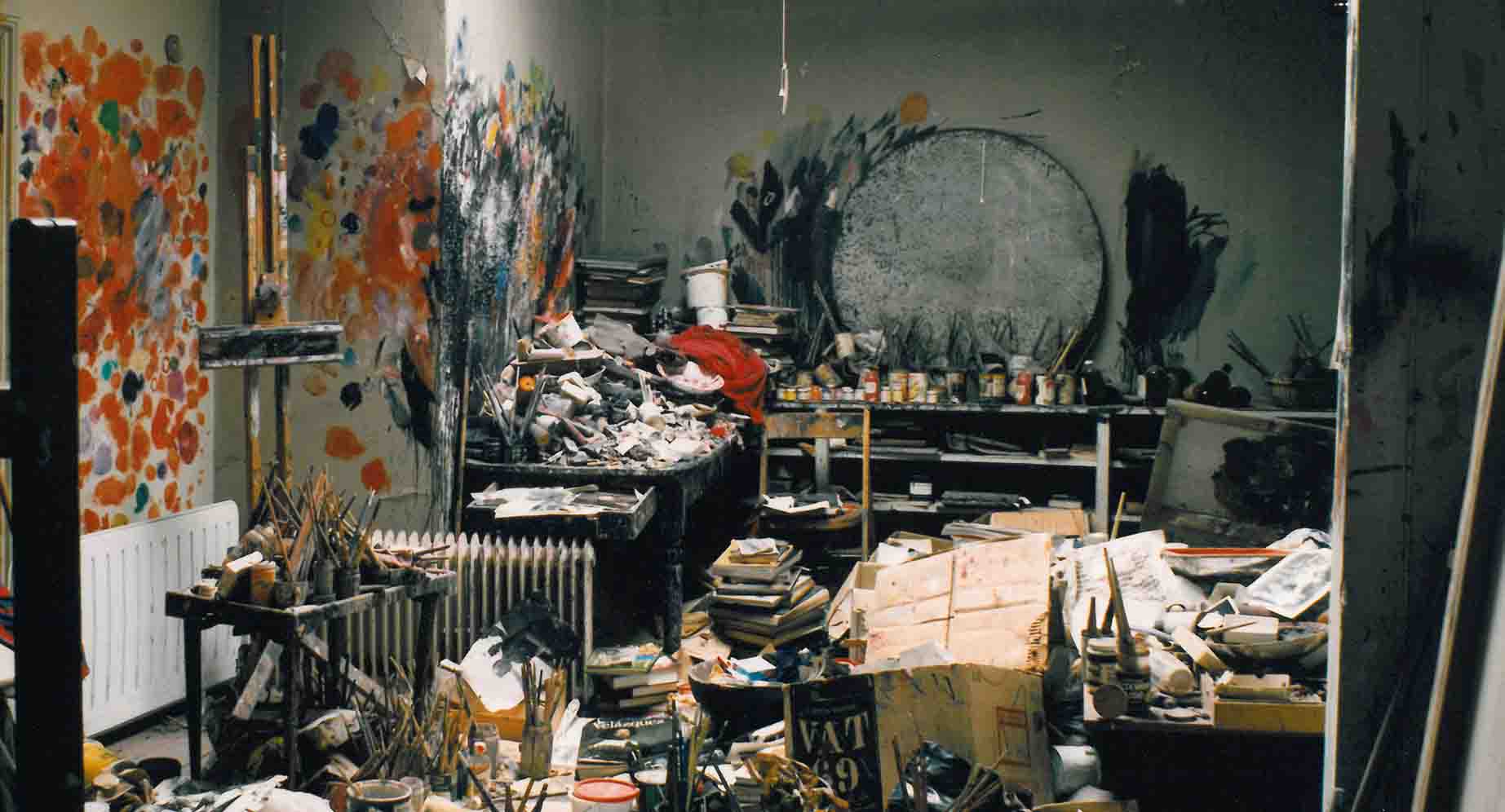Habitual thinking is one of the most common stumbling blocks when attempting to fulfil a brief, and inevitably leads to a stagnation of your creative design process. This sort of thinking is dictated by whatever work you have created previously; it draws on what has been popular and what has worked before, and turns your present design process into a kind of 'cookie-cutter' scenario where nothing new can possibly be created.
The decision to overcome your pre-existing mindset is unconventional and opens your explorative work to new, unpredictable and surprising outcomes. It enables you to bend rules which are either established personally or socially; as a wider part of the design community (such as the Grid) or internally (preconception and assumption).One such example of this reconsideration of working process is the 'Alphadeath' series by Philip Tseng. This is based around children's alphabet books, which are designed to be legible at an early age - utilising large illustrations with a limited but appealing colour palette, and easily associable objects to each letter of the alphabet.
Tseng's variation on this concept has a morbid tone - which instantly forces a re-evaluation of the intended audience, rather than working on the usual assumption that it would be suitable for children. There are also subtle adult themes present, an example being that of the letter 'x'.
 |  |
This challenging of one's own creative thought and development processes is instrumental in the course of producing work which is different or 'fresh' - This can be aided by external stimuli such as the environment in which a designer chooses to create. This also directly affects the concept of the 'comfort zone' which can prove itself to be a 'double-edged sword' of sorts - many creatives claim to be best inclined to create in an environ in which they are comfortable or 'at home'; whereas, if we consider the 'comfort zone' to be a region in which we have a tendency to get into a 'rut', or to fall back on habitual thought process, it is actually detrimental to be surrounded by elements of comfort.
For example, the use of a computer, particularly one connected to the internet, provides as much distraction as it does digitally assist the creation of work. As with the previous example of advantage/disadvantage, it is completely personal as to how motivated you are, and how much willpower you have in order to maintain focus and concentration. Concentration can also be hindered by clutter and mess - for example, Francis Bacon's famous Dublin studio looked like this:

Which is probably much harder to navigate around than this:
Effective management, whilst maintaining your inspiration and continuing your ability not to stagnate, is vitally important to the entire concept of overcoming your own mental blockade, and to allow you the opportunity to envision new and perhaps powerful outcomes which only come with a fresh perspective.

No comments:
Post a Comment